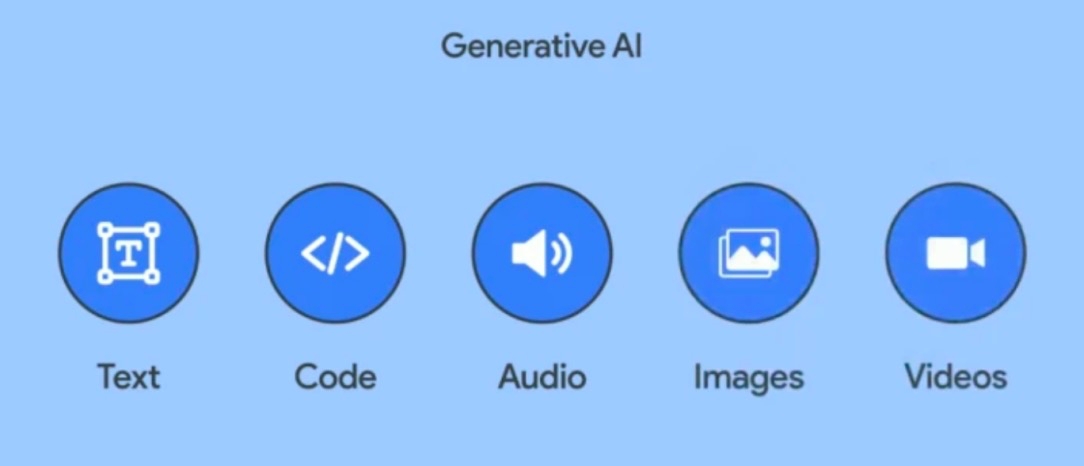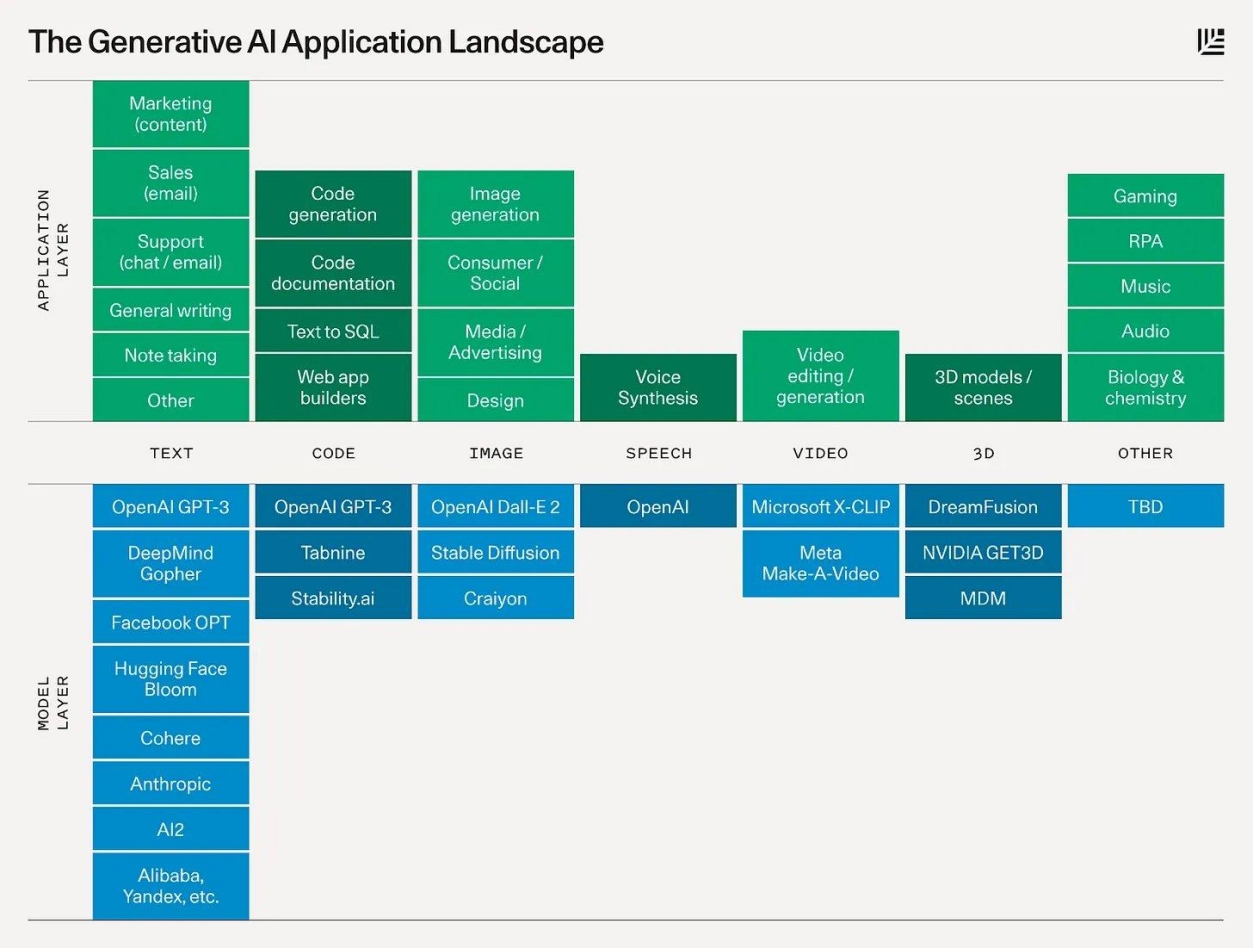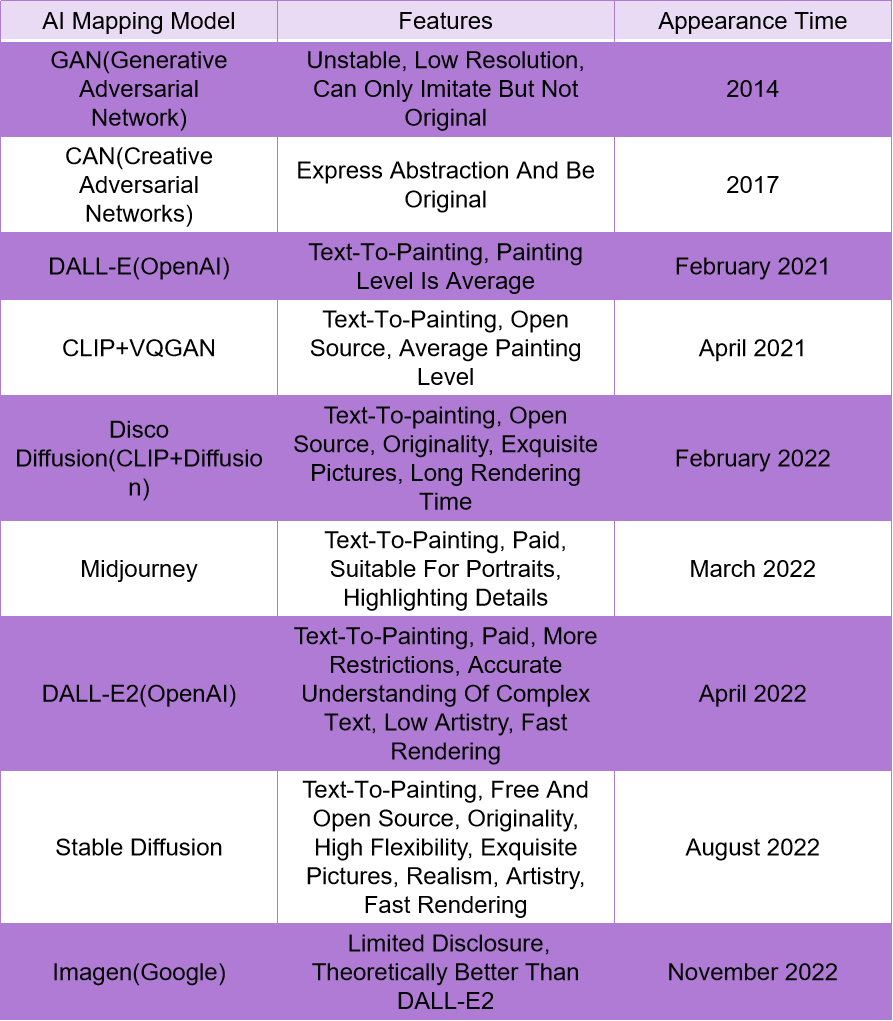🏗️AIGC public chain technology and underlying model breakthrough
Breakthroughs in public chain technology and underlying technology have made AIGC commercially possible. Traditional AI painting technology uses generative adversarial networks (GAN), but the output of images generated by GAN is unstable and has low resolution. Until 2021, the OpenaAI team open sourced its deep learning model CLIP, and the anti-noise diffusion model Diffusion that appeared in July this year. The combination of the two has made the quality of AI automatically generated text and pictures qualitatively improved.
Diffusion is a denoising diffusion model. The working principle is to gradually apply noise to the image until the image is destroyed and becomes completely noisy, and then reverse the process of learning from full noise to the original image, and what AI sees is the full image. It is how the picture of noise becomes clear little by little until it becomes a painting, through this reverse process to learn how to paint.
CLIP is a neural network model for matching text and images released by OpenAI in early 2021. It is an outstanding achievement in the field of multimodal research in recent years. It performs language analysis on text on the one hand, and visual analysis on graphics on the other. Constantly adjust the internal parameters of the two models to achieve a highly matching effect between text and images.
In terms of AI-generated text, AI can already compose poems, emails, advertisements, scripts and novels. This year, Du Xiaoxiao, a virtual human using AIGC technology, wrote more than 40 essays for the college entrance examination in less than 1 minute, and scored 48 points from experts, beating 75% of the candidates. At present, OpenAI's GPT-3 model is the most mature model in AI-generated text. Recently, some projects have commercialized the GPT-3 model, including OthersideAI that automatically writes emails, Copy.ai and Jasper.ai that automatically write advertising copy, in The number of users has grown by leaps and bounds, and a large amount of financing has been obtained. On November 16, the knowledge management and content collaboration platform Notion also released its automatic text generation product Notion AI, and started Alpha version testing. Notion AI is also based on GPT-3 Model development.
In terms of AI-generated pictures, the level of AI painting has improved by leaps and bounds this year, and the algorithm model behind it is also constantly iterating. The Disco Diffusion launched at the beginning of the year can only generate rough pictures. The DALL-E2 generation released by OpenAI in April can already generate complete portraits and portraits. For pictures, the Stable Diffusion model released by StabilityAI made a qualitative breakthrough in August, and it has been able to generate works comparable to professional painters. The efficiency of generating pictures has also changed from a few hours at the beginning of the year to a few minutes or even tens of seconds now.
In terms of AI-generated 3D, the previous "3D modeling" required the use of 3D production software to construct a model with 3D data through a virtual 3D space. Time to manually draw. However, the Neural Radiation Field Technology (NeRF) published by several postdoctoral fellows at UC Berkeley can automatically render the video captured by the panoramic camera into a 3D scene, reducing the manual 3D modeling process. International Conference) and won the Honorable Mention Award at the ACM (American Association for Computing Machinery) in 2021.
"The biggest revolution that will impact the game industry in 2023 will be that all assets needed to make games can be created through AIGC, including 3D models, music, sound effects, etc."
Last updated


